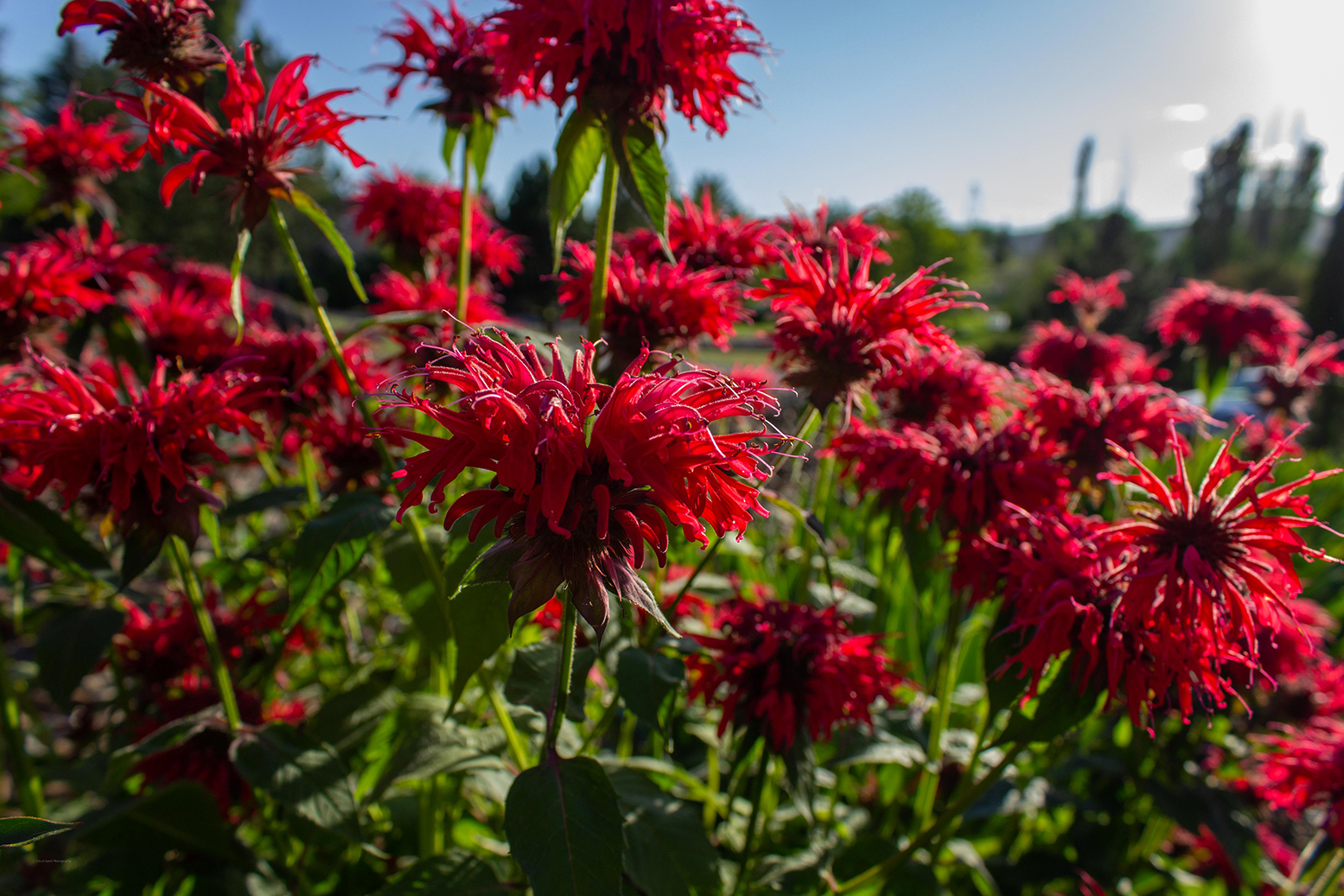WATER-SEWER DISTRICT (WSD)

ALERT: June 19th, 2024
Dear Meadow Hills Residents,
This is to inform you that starting tomorrow, June 20th in the late morning or early afternoon, our water system operator will perform a precautionary chlorination of our reservoir and flush the system. This procedure is being voluntarily implemented due to bacteria detected in our most recent testing.
During this period, you may notice a mild taste of chlorine in your drinking water. Please be assured that this is a standard precautionary measure to ensure the safety and quality of our water supply. Importantly, the water remains safe for normal use and consumption.
The reservoir will be thoroughly inspected and chlorinated, and the system will be flushed to address the issue. We are taking these steps to maintain the highest standards of water quality and safety.
As part of our ongoing commitment to water safety, the next round of testing will be conducted in July as part of the monthly routine completed by our Certified Water Operator, Gavin Pierre, as required by the DEQ.
Thank you for your understanding and cooperation. If you have any questions or concerns, please do not hesitate to contact us. You can stay up to date on your HOA and Water District by visiting our webpage.
Watering Schedule
-
- If your household address number is “EVEN”, you water ONLY on EVEN numbered calendar days.
- If your household address number is “ODD”, you water ONLY on ODD numbered calendar days.
- We also ask that you be more efficient with our water supply by irrigating your property when the sun is low in the sky, i.e. BEFORE 8:00 AM OR AFTER 9:00 PM. That way more of the water you use will help your lawn rather than evaporating.
Community Well
The Meadow Hills water system is registered with the Montana Department of Environmental Quality as a “Community Public Water System”. As such, it is subject to the same regulations governing operation, sampling and reporting as a municipal system such as the City of Kalispell water system.
The Meadow Hills water system is comprised of the following components;
- A 185’ deep well which produces about 90 gallons per minute
- A 30,000 gallon concrete storage tank
- Two booster pumps
- A main line distribution system comprised of 6”, 4” and 2” PVC pipe
The well, storage tank and booster pump house are all located within a fenced enclosure between 345 and 355 Meadow Hills Drive.
The system is fairly simple.
- The well pumps water into the storage tank.
- When water is needed by the system, booster pumps draw the water out of the storage tank and into the distribution mains.
Safety and Security
It is rare for the system to go down. The system is maintenance occasionally and that will be announced ahead of time. Any other instances when the system goes down will more than likely be related to one of three things: power outage, low water reservoir or system failure. If you find you do not have any water please be patient. If you want to investigate you can easily take a walk to the pump house. There is a red low storage tank level alarm light and buzzer mounted on the roof of the pump house. It is not easy to see or hear, but should you ever notice it is on, please contact our system operator immediately. His phone number is on a sign mounted on the utility enclosure fence.
The District has contracted with Gavin Pirrie to be our water system operator. His duties include completing all water sampling required by the EPA and Montana Department of Environmental Quality, monthly checks on system condition, and filing paperwork required of a Community Public Water System. Gavin took on the responsibilities from Mark Munsinger who served as our water operator from 2003-2023.
Redundancy
Overall, our water system is very good. We’ve had no significant water quality issues and few mechanical issues. We are in the process of having a second well drilled to further enhance system reliability. Having the second well will provide a redundant water source in the event of a pump failure in one of the wells. With only a single well, the subdivision would be out of water once the storage tank runs out. Well pump replacements can take several days, and if it is a “rush job” the cost goes up. There are many steps ahead before the new well can be put into use, but we hope to have it fully online in 2024.
Other improvements the District has on the planning radar include;
- A back up generator to prevent water loss during power outages
- Updating and reconfiguring electric components and plumbing in the pump house
- Improvements to the alarm system
- Repair work on the storage tank
Backflow Preventer
One final note regarding backflow prevention. If the booster pumps fail due to a power outage or mechanical issue, or if the main line is shut off to make a repair, it can cause suction in the main lines which can draw water back into the mains from individual service lines. If you have a sprinkler head in a puddle in your yard, it can draw contaminated water back which can then contaminate the entire water system. This is just one example of how backflow could cause a problem. A hose with a submerged end being used to fill a fish pond, or a stock tank, or a swimming pool are other probable examples. All residents with underground sprinkler systems MUST have a backflow prevention device on the feed line to the system. You can contact our system operator if you are unsure about backflow prevention on your underground sprinkler system. Other than that, just be aware of what would happen if suction occurred in your water service line and avoid creating situations that could introduce contaminants back into the main lines.
